#Fantasy guide
Text
Fantasy Guide to Building A Culture

Culture is defined by a collection of morals, ethics, traditions, customs and behaviours shared by a group of people.
Hierarchy and Social Structures

Within every culture, there is a hierarchy. Hierarchies are an important part of any culture, usually do ingrained that one within the culture wouldn't even question it. Hierarchy can be established either by age, gender or wealth and could even determine roles within their society. Sometimes hierarchy can may be oppressive and rigid whilst other times, ranks can intermingle without trouble. You should consider how these different ranks interact with one another and whether there are any special gestures or acts of deference one must pay to those higher than them. For example, the Khasi people of Meghalaya (Northern India), are strictly matrillineal. Women run the households, inheritance runs through the female line, and the men of the culture typically defer to their mothers and wives. Here are a few questions to consider:
How is a leader determined within the culture as a whole and the family unit?
Is the culture matriarchal? Patriarchal? Or does gender even matter?
How would one recognise the different ranks?
How would one act around somebody higher ranking? How would somebody he expected to act around somebody lower ranking?
Can one move socially? If not, why? If so, how?
Traditions and Customs

Traditions are a staple in any culture. These can be gestures or living life a certain way or to the way a certain person should look. Traditions are a personal detail to culture, they are what make it important. Tradition can dictate how one should keep their home, run their family, take care of their appearance, act in public and even determine relationship. Tradition can also be a double edged sword. Traditions can also be restrictive and allow a culture to push away a former member if they do not adhere to them, eg Traditional expectations of chastity led to thousands of Irish women being imprisoned at the Magdelene Laundries. Customs could be anything from how one treats another, to how they greet someone.
How important is tradition?
What are some rituals your culture undertakes?
What are some traditional values in your world? Does it effect daily life?
Are there any traditions that determine one's status?
Values and Opinions
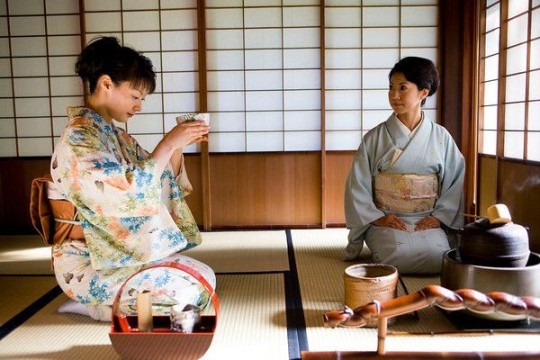
Values and Opinions are the bread and butter of any culture. This is the way your culture sees the world and how they approach different life hurdles. These may differ with other cultures and be considered odd to outsiders, what one culture may value another may not and what opinion another holds, one may not. There will be historical and traditional reasons to why these values and opinions are held. Cultures usually have a paragon to which they hold their members to, a list of characteristics that they expect one to if not adhere to then aspire to. The Yoruba people value honesty, hard work, courage and integrity. Here are some questions to consider?
How important are these ethics and core values? Could somebody be ostracised for not living up to them?
What are some morals that clash with other cultures?
What does your culture precieved to be right? Or wrong?
What are some opinions that are considered to be taboo in your culture? Why?
Dress Code

For many cultures, the way somebody dresses can be important. History and ethics can effect how one is meant to be dressed such as an expectation of chastity, can impose strict modesty. While other cultures, put more importance on details, the different sorts of clothes worn and when or what colour one might wear. The Palestinian people (من النهر إلى البحر ، قد يكونون أحرارا) denoted different family ties, marriage status and wealth by the embroidery and detailing on their thoub.
Are there traditional clothes for your world? Are they something somebody wears on a daily basis or just on occasion?
Are there any rules around what people can wear?
What would be considered formal dress? Casual dress?
What would happen if somebody wore the wrong clothes to an event?
Language

Language can also be ingrained as part of a Culture. It can be a specific way one speaks or a an entirely different language. For example, in the Southern States of America, one can engage in a sort of double talk, saying something that sounds sweet whilst delivering something pointed. Bless their heart. I have a post on creating your own language here.
Arts, Music and Craft

Many cultures are known for different styles of dance, their artwork and crafts. Art is a great part of culture, a way for people to express themselves and their culture in art form. Dance can be an integral part of culture, such as céilí dance in Ireland or the Polka in the Czech Republic. Handicrafts could also be important in culture, such as knitting in Scottish culture and Hebron glass in Palestine. Music is also close to culture, from traditional kinds of singing such as the White Voice in Ukraine and the playing of certain instruments such as the mvet.
Food and Diet

The way a culture prepares or intakes or treats certain foods are important to a culture. In some cultures, there is a diet yo adhere to, certain foods are completely banned. With Jewish culture, pork is prohibited along with fish such as sturgeon, along with shellfish and certain fowl. Meat must also be prepared in a certain way and animal byproducts such as dairy, must never be created or even eaten around this meat. This is known as kosher. The way one consumes food is also important to culture. In some cultures, only certain people may eat together. Some cultures place important on how food is eaten. In Nigerian culture, the oldest guests are served first usually the men before the women. In Japanese culture, one must say 'itadakimasu' (I recieve) before eating. Culture may also include fasting, periods of time one doesn't intake food for a specific reason.
What are some traditional dishes in your world?
What would be a basic diet for the common man?
What's considered a delicacy?
Is there a societal difference in diet? What are the factors that effect diet between classes?
Is there any influence from other cuisines? If not, why not? If so, to what extent?
What would a typical breakfast contain?
What meals are served during the day?
What's considered a comfort food or drink?
Are there any restrictions on who can eat what or when?
Are there any banned foods?
What stance does your world take on alcohol? Is it legal? Can anybody consume it?
Are there any dining customs? Are traditions?
Is there a difference in formal meals or casual meals? If so, what's involved?
Are there any gestures or actions unacceptable at the dinner table?
How are guests treated at meals? If they are given deference, how so?
#Fantasy Guide to Building A Culture#As promised#If I fail my German exam I'm blaming ye#Culture#Building a culture#Fantasy Guide#WorldBuilding#WorldBuilding guide#WorldBuilding help#Writing help#writing#writeblr#writing resources#writing reference#writing advice#ask answered questions#writers#writing advice writing resources#spilled ink#ask answered
9K notes
·
View notes
Text
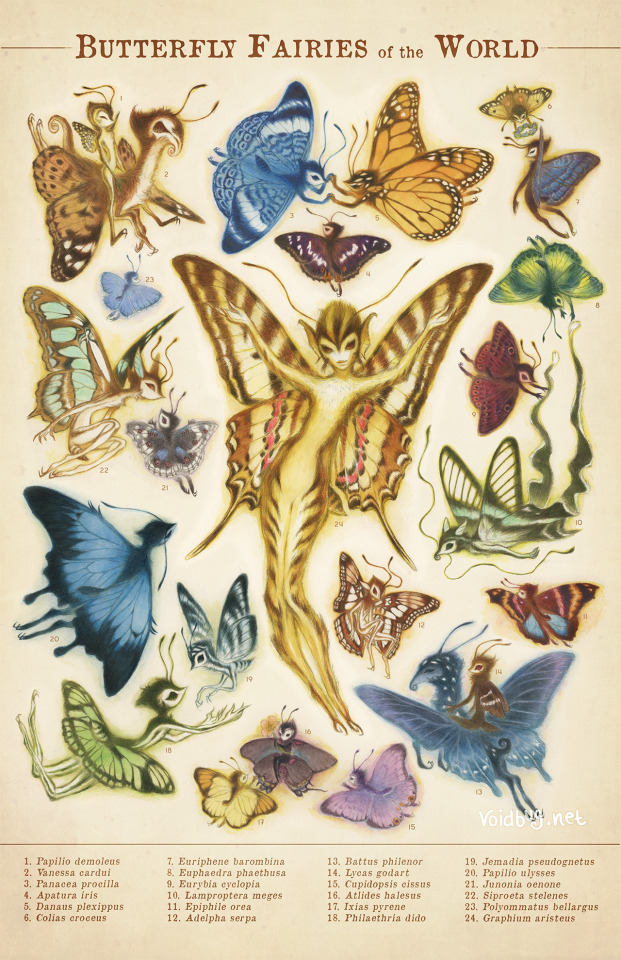
🦋BUTTERFLY FAIRIES OF THE WORLD🦋
I think at this point I've posted all of my butterfly fairies! I've been working on this thing forever, so I really hope you enjoy it. It's very much a love letter to scientific illustrations of animals, that I used to pour over as a kid!
I made prints of this illustration as well, which you can buy on my etsy!
#fairy#retro#vintage poster#scientific illustration#fantasy art#field guide#watercolor#faeries#faerie#fae folk
4K notes
·
View notes
Photo



We will. We will.

#final fantasy xiv#meteor survivor#themis#elidibus#endwalker#shadowbringers#ffxivedit#gamingedit#videogameedit#6.4 spoilers#pandaemonium spoilers#otp: my guiding star#i've been waiting for this since 5.2 :')#my heart still hurts and i'm denying the plot again#yoshi-p please take away your catboy and give me one (1) alive ancient man instead
2K notes
·
View notes
Text
PSA to all historical fiction/fantasy writers:
A SEAMSTRESS, in a historical sense, is someone whose job is sewing. Just sewing. The main skill involved here is going to be putting the needle into an out of the fabric. They’re usually considered unskilled workers, because everyone can sew, right? (Note: yes, just about everyone could sew historically. And I mean everyone.) They’re usually going to be making either clothes that aren’t fitted (like shirts or shifts or petticoats) or things more along the lines of linens (bedsheets, handkerchiefs, napkins, ect.). Now, a decent number of people would make these things at home, especially in more rural areas, since they don’t take a ton of practice, but they’re also often available ready-made so it’s not an uncommon job. Nowadays it just means someone whose job is to sew things in general, but this was not the case historically. Calling a dressmaker a seamstress would be like asking a portrait painter to paint your house
A DRESSMAKER (or mantua maker before the early 1800s) makes clothing though the skill of draping (which is when you don’t use as many patterns and more drape the fabric over the person’s body to fit it and pin from there (although they did start using more patterns in the early 19th century). They’re usually going to work exclusively for women, since menswear is rarely made through this method (could be different in a fantasy world though). Sometimes you also see them called “gown makers”, especially if they were men (like tailors advertising that that could do both. Mantua-maker was a very feminized term, like seamstress. You wouldn’t really call a man that historically). This is a pretty new trade; it only really sprung up in the later 1600s, when the mantua dress came into fashion (hence the name).
TAILORS make clothing by using the method of patterning: they take measurements and use those measurements to draw out a 2D pattern that is then sewed up into the 3D item of clothing (unlike the dressmakers, who drape the item as a 3D piece of clothing originally). They usually did menswear, but also plenty of pieces of womenswear, especially things made similarly to menswear: riding habits, overcoats, the like. Before the dressmaking trade split off (for very interesting reason I suggest looking into. Basically new fashion required new methods that tailors thought were beneath them), tailors made everyone’s clothes. And also it was not uncommon for them to alter clothes (dressmakers did this too). Staymakers are a sort of subsect of tailors that made corsets or stays (which are made with tailoring methods but most of the time in urban areas a staymaker could find enough work so just do stays, although most tailors could and would make them).
Tailors and dressmakers are both skilled workers. Those aren’t skills that most people could do at home. Fitted things like dresses and jackets and things would probably be made professionally and for the wearer even by the working class (with some exceptions of course). Making all clothes at home didn’t really become a thing until the mid Victorian era.
And then of course there are other trades that involve the skill of sewing, such as millinery (not just hats, historically they did all kinds of women’s accessories), trimming for hatmaking (putting on the hat and and binding and things), glovemaking (self explanatory) and such.
TLDR: seamstress, dressmaker, and tailor are three very different jobs with different skills and levels of prestige. Don’t use them interchangeably and for the love of all that is holy please don’t call someone a seamstress when they’re a dressmaker
#sewing#historical sewing#sewing knowledge#writing guide#PSA to writers#historical fiction#fantasy writing
273 notes
·
View notes
Text

I’ve always wanted to make a fantasy field guide because my brain chemistry was permanently altered by the kids’ media landscape of the early 2000s. I’ve also really needed to sort of get back to what I love about art lately. So, here’s a little sampler of some… field paintings I did today of some very real subjects.
#my art#kids lit art#fantasy art#fairies#fantasy character#creature design#fantasy illustration#digital art#art#illustration#fantasy#children’s book illustration#children’s media#plein air#nature illustration#outdoors#woods#wilderness#hiking#field guide
458 notes
·
View notes
Text

i have been hoodwinked into a tabletop game based off a YA webnovel, have my elf
#art#character art#character design#knight#plate armor#elf#yes its a practical guide to evil#fantasy
311 notes
·
View notes
Text
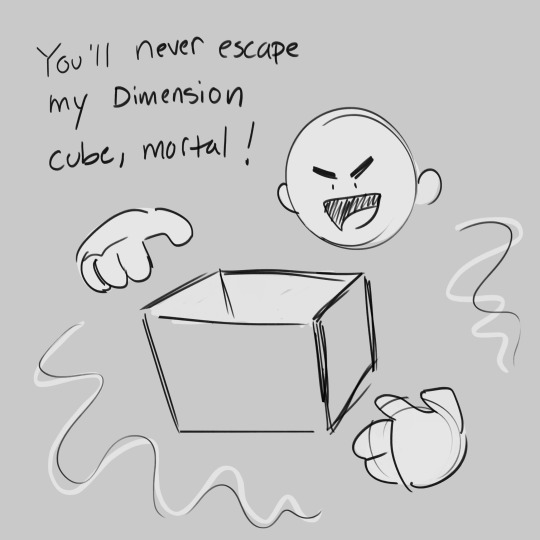
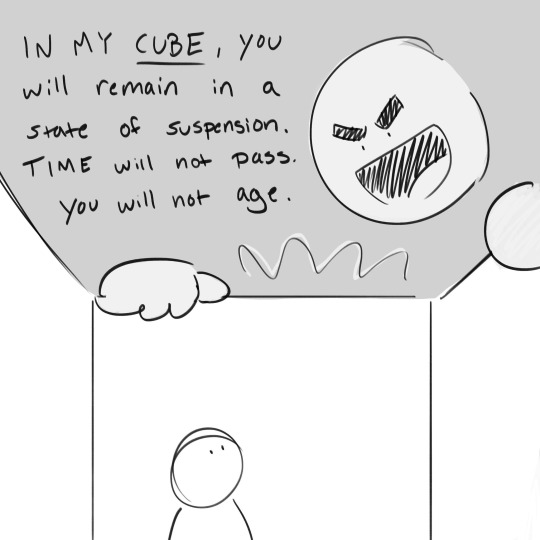
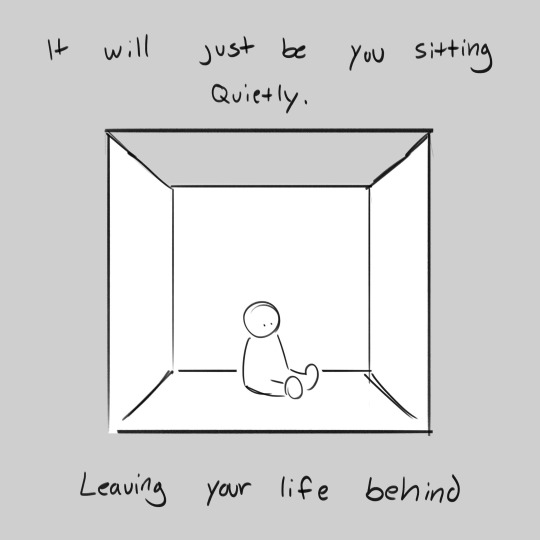
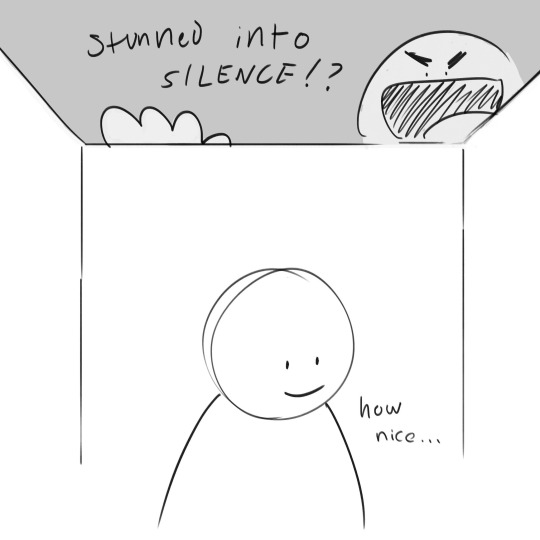
When you got a lot going on
220 notes
·
View notes
Text
Seeing as Fabian has an inability to keep his foot and The Ball's name out of his mouth, there are several ways for an argument between him and Sklonda about "The Ball" nickname to end. Some better than others.
On one end, there's an ending where there’s irreparable damage done to Sklonda's opinion of Fabian and his and Riz’s relationship. And on other, there's an ending where Sklonda comes to the conclusion that Fabian calling Riz "The Ball" is equivalent to the cliche of a boy pulling on the pigtails of his playground crush.
#it'd be so funny if she left that interaction thinking that her son's bff has the biggest crush on him#if feel like she'd gently try to guide fabian from there on out#like 'you should try vocalizing some of your feelings' and 'maybe bat your eyelashes and convince him to run for student government'#fabian seacaster#riz gukgak#sklonda gukgak#fantasy high#dimension 20#fantasy high junior year#fabriz
257 notes
·
View notes
Text

The best thing about a cloud castle is the view. The next best thing is the dungeon below, excavated down into the cloud, with soft white puffy walls. (AD&D 2e Dungeon Master’s Guide, TSR, 1989 -- I believe most of the DMG art with knotwork borders is by Jean E Martin)
#D&D#Dungeons & Dragons#Jean E Martin#flying castle#cloud castle#floating castle#fantasy castle#castle#dnd#DMG#Dungeon Master's Guide#AD&D 2e#D&D 2e#Dungeons and Dragons#TSR#knotwork#celtic knotwork
149 notes
·
View notes
Text
Fantasy Guide to Royal Children - Heirs and Spares
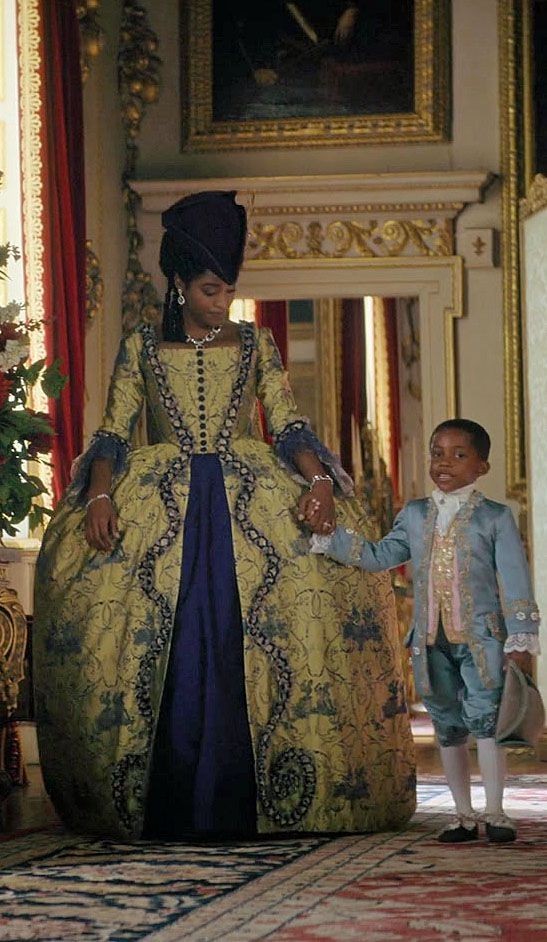
The lives of Princesses and Princes are of interest to most fantasy writers, it's where many of our heroes, side characters and antagonists hail from. But what is there life like? Is it always ballgrowns and servants? Or something more?
A Strict Order of Precedence

The first thing to know about royal children and siblings is that there's a very strict precedence of importance. Is it fair? No. But this is a system, it doesn't have to be fair. The heir comes first without argument. They are the most important child, they are always greeted first, they are the one to stand next to the monarch or their parents at occasions, they literally go first - and this doesn't change with age, if the heir is the youngest, they still have precedence over their siblings. After the heir, order of predence goes by age and the order effects the life of the children. For example, the older sister will marry begore any of her sisters. This order of deference will be so engrained in your character's life that they will believe it the norm and rarely question it, it probably won't spark any in-fighting.
Accommodation & Staff

Royal children are usually raised one of two ways. Either they are raised at court, in the same Palace as their parents or they are raised away from court under the care of trusted servants. Being raised away from their parents isn't a sign of remoteness or dislike or terrible parenting, it was a way of break a child into the constraints of royal life while giving them freedom of scrunity or danger. Usually these children are raised in the countryside for their health, as cities are usually cesspits for disease. Their parents would come to visit them or allow them to visit them at court. Children raised at court are raised with a higher level of scrunity and attention. They will be in the public eye.
Royal children will always be surrounded by staff. There will be nurses to wash and dress them, nannies to discipline and direct them, guards to protect them and usually, a guardian known as a governess to run their household and care for their needs. Staff are not allowed to hit royal children and must obey their commands. Some royal children were very close to their staff:
Kat Ashley and Elizabeth I
Baroness Lehzen and Queen Victoria
Klementy Grigorievich Nagorny and the Tsarevich Alexei Nikolaevich
Lala Bill and Prince John
However, some royal children faced neglect from their staff. George VI was abused by his nanny, who would pinch him during important occasions, openly favour his elder brother over him and deny him food, which many have been a cause of his speech impediment. After the Russian Revolution, another of the Tsarevich's nannies proved less loyal than the other. Andrei Yeremeyevich Derevenko abandoned his charge, but not before ordering the boy around and insulting him.
Day to Day Life

Royal children would be educated withing their home by tutors. They would usually take lessons all together (the heir may take other lessons). A royal child would recieve an education in languages, arithmetic, geography, etiquette, dancing, music, sports such as riding and literature. Sometimes they would even share lessons with the children of trusted nobles or their cousins. Only the heir will be taught statecraft and how to reign. There is no rhyme nor reason a spare would learn how to rule.
Some royal children are taught the value of their position. Many royal children will be raised strictly to adhere to their social standing and their place in it. Some children may be raised in isolation, kept from mingling and raised to think of themselves as higher than those around them. Some royal families preferred to raise their children as "normal" as possible. The last Romanov children slept in camp beds, with no pillows and we're expected to tidy their own rooms and help the servants. They didn't even use their proper titles, they were called by their names and given a tight monthly allowance to spend. Alexandra of Denmark and her sisters used to make their own clothes. Some royal children could even be encouraged to play with the children of servants and staff as well as nobility (Kolya Derevenko and Tsarevich Alexei Nikolaevich, Winifred Thomas and Prince John). Companionship was a great honour for noble and common child alike as sometimes, they would be invited to live or be educated alongside by the royal children.
Royal children will not undertake royal duties until they are of age. Younger children be be present for large scale events such as jubilees but would not be expected to partake in any duties themselves. When they are of age, they will usually be granted an annual allowance, be invited to social events, invited to be patrons of charities and participate in royal duties.
Heir Vs Spare
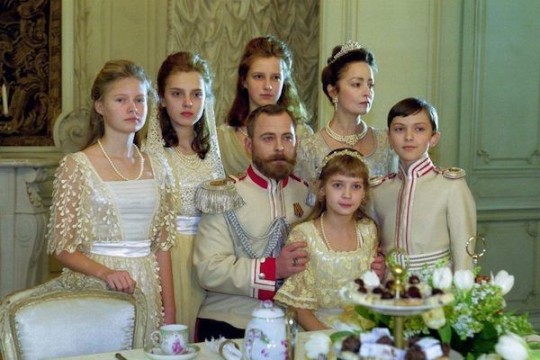
Heirs have more responsibility, all the prestige, more power but they have less freedom, less room to explore their own lives and be expected to always be the epitome of perfect. Heirs will be given responsibilities in government, sitting in on state meetings or undertaking state duties.
Spares have little in the way of real power but have the ability to live less regimental lives and gave more agency in their personal lives. Spares may act as ambassadors to other nations or undertake state visits on behalf of the monarchy or even take positions in the army. Spares are encouraged to find positions to support themselves outside the family, either in a marriage or undertaking some service to the country. Spares who stay in the country, tend to act as unofficial advisers to their sibling when they become monarch.
All Grown Up

When royal children grow up, there are usually certain expectations and limitations.
Heirs will be married quickly, the lineage must be secure. Heirs will usually marry either as part of a political alliance or marry somebody suitable - from a good family, the right background, and able to fit into a certain mould (i.e malleable, amiable and loyal). They will be expected to focus on the country, it's needs and support the monarch at all times. Their social circles will be scruntised, their every move will be noted and remarked upon. Heirs will never gave to worry about funding their lifestyle, the Crown is their job and it supports them.
Spares can marry or remain single if they choose, (but if the monarch instructs them go marry they must). Spares can travel, they can be idle, they can even persue amusements not permitted for the heir. Spares can win glory on the battlefield and mix with all sorts of people. That isn't to say spares are useless, spares often occupy very important spaces in society and government. Spares will usually take these positions not for just status but also for the pay. This is why spares are granted royal titles such as dukedoms (they can make money off the lands, be able to build a dynasty for themselves and their heirs and gain status).
#Fantasy Guide to heirs and Spares#Fantasy Guide to Royal Children#Fantasy Guide#write#writing#writeblr#writing resources#writing reference#writing advice#writers#writing advice writing resources#spilled ink#Writing reference writing resources#Writing resources writing reference#Writing advice writing reference#Writing advice writing resource#Royal children#Writing royal characters#Royalty#Writing royalty#Writing royals
2K notes
·
View notes
Text


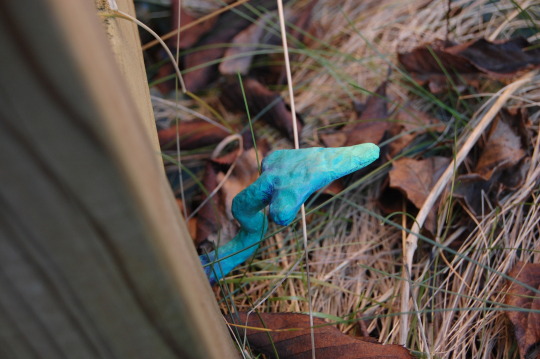



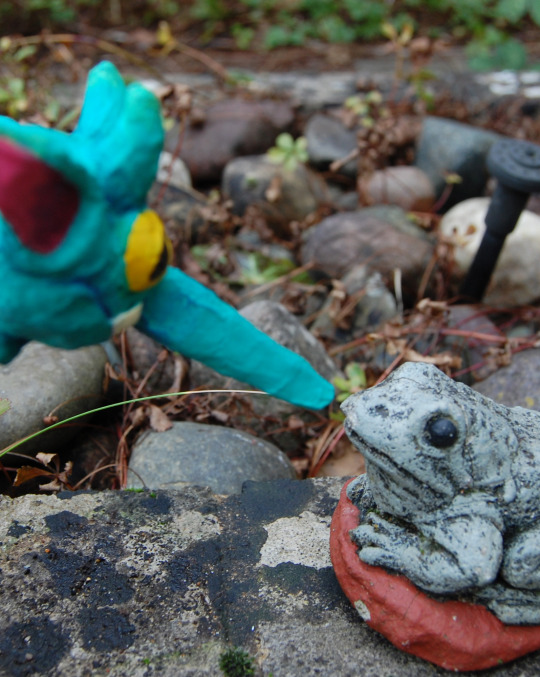
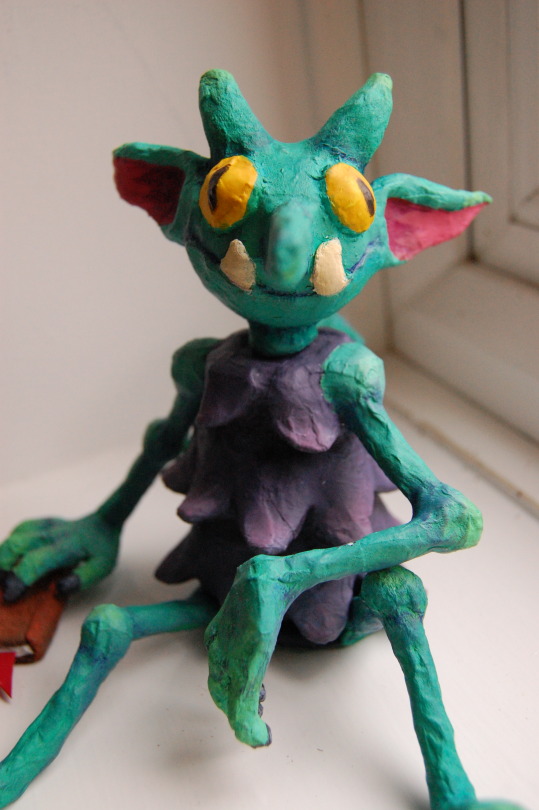


Found a little Goblin in the back garden
#illustration#sculpture#paper mache#goblin#fantasy art#fantasy creature#miniature art#little guys#books#A smart boy!#A handsome boy!#And that book he's reading?#'The Junior Guide to Subterranean Demonology' (Travel Edition) by famed Goblin author Garbo Gagrene-Smith
201 notes
·
View notes
Text
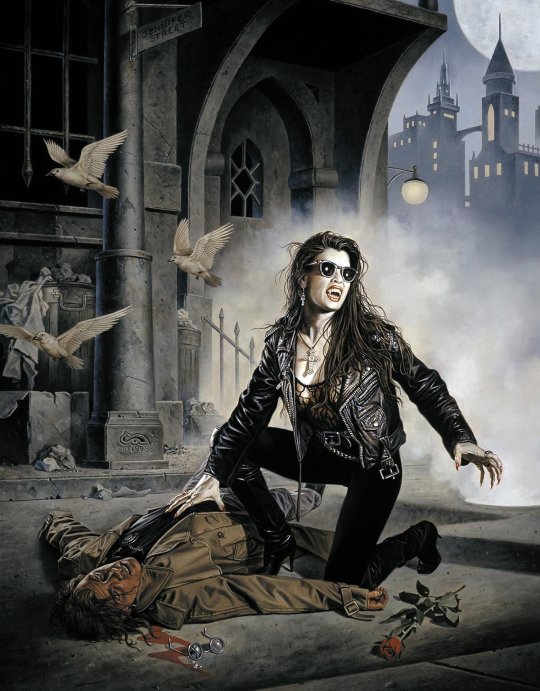
Vampire: the Masquerade - Player's Guide Cover Art by Clyde Caldwell
465 notes
·
View notes
Note
I would like to know what you think of magical aids for disablilities in a fantasy setting! Things like: A prosthetic that is enchanted to be capable of fine movements. A wheelchair that can levitate. Hearing aids that are powered by a user's innate magic. Blind people with animal familiars that have a magical connection that allows the person to see through the animals eyes. Thank you!
Hi,
I think that magical aids, in general, can be interesting! But the few options you listed point to some issues.
First of all, the blind person magically seeing - don't do this. There's no point in having a disabled character just to make them abled. Consider this post by blindbeta instead, where they go over fantasy/fictional guide animals. Your blind character shouldn't be able to see, that's just disability erasure.
The same point applies to the prosthetic - is magic just the in-universe excuse to give someone a Cool Robot Arm/Leg that is technically a prosthetic but has little in common with the real world equivalent? I recommend going through our #prosthetics tag, but the two important posts you might want to consider: this on upper limb prosthetics, and this on lower limb ones for what people with amputations actually want - and yes, there are major differences between those two kinds of prostheses outside of being different limbs.
As a cane user, I would enjoy a magical cane that can fit into my pocket when I need it to, or one that I could summon out of thin air when my leg or back decide to make me barely able to walk when I'm out. But to be honest, I'm rather boring and to me, it's important that these fantasy/sci-fi equivalents don't turn a cane unusable in other ways. Prime example, canes with those awful "doorknob" handles... that takes me out of the story more than a teleporting cane. Or those canes with swords hidden in them (opinions heavily differ here, me personally I'm not a fan), like structural stability of the thing aside, if I'm using the cane then I'm definitely not in a condition where I could swing a sword, lol…
A cane that doesn't need changing the damn tip so often, or self-cleans every time I step into something gross would be great too. Or maybe one that is harmless to the user but bites people who touch it without asking!
mod Sasza
I don’t love the idea of a wheelchair that can levitate. Why should disabled people have to change our aids rather than the world becoming more accessible. Don’t get me wrong! There are still fun things you can do with wheelchairs in fantasy. For example a wheelchair with a spell that makes terrain (grass rocks etc.) a typical wheelchair would have trouble navigating flat. A power-chair that doesn’t use a battery but some other form of magic etc. I would challenge you to get creative and think outside of just levitation!
Mod Patch
I love the thought of magic aids. I agree with Sasza of the aspect of aids automatically cleaning themselves or having parts that you don't have to replace constantly. I know for me wiping down my wheelchair was always a hassle and the rubber handles on my breaks wore down constantly (my dog ate them one time) and were very hard to use with wrist that easily subluxed.
Aids that are battery powered running on magic or some other fantasy power source as a sorta battery would be so cool. A Port that magically accesses/de-accesses itself at the person's will? Oxygen Cannulas that never need changing/change themselves? A VP Shunt automatically adjusting its pressures to what the person needs? So many endless things you can do with them!
Mod Virus
I’m not entirely sure what is meant by hearing aids powered by innate magic. If that means never having to deal with replacing the batteries, sign me up! If it means anything other than that, I want more information on what exactly it entails.
Magic aids that function the same as not having a disability at all are erasure, plain and simple.
Mod Rock
#anonymous#mod sasza#mod patch#mod virus#mod rock#disability erasure#fantasy setting#magic aids#fantasy tropes#guide animals#wheelchairs#canes#hearing aids
93 notes
·
View notes
Photo

Ghost (1 of 4) - Kuryliuk Darya
#Ghost#Kuryliuk Darya#Grizelda's Guide to Ghost Hunting#cities#spirits#haunting#dark fantasy#digital art
82 notes
·
View notes
Text

Sharing some step by step process pictures of my "Chandra" painting.
#sylvia strijk#artists on tumblr#my art#illustration#fantasy art#digital art#digital painting#Elf#moon goddess#black fae#fairy tale#elven aesthetic#ethereal art#creative process#art guide#work in progress#creative journey
214 notes
·
View notes
Text
Needed pics of my map prints for my site and simply had to make a video.
#map#cartography#ttrpg#dnd#fantasy cartography#critical role#critters#explorer's guide to wildemount#wildemount
92 notes
·
View notes